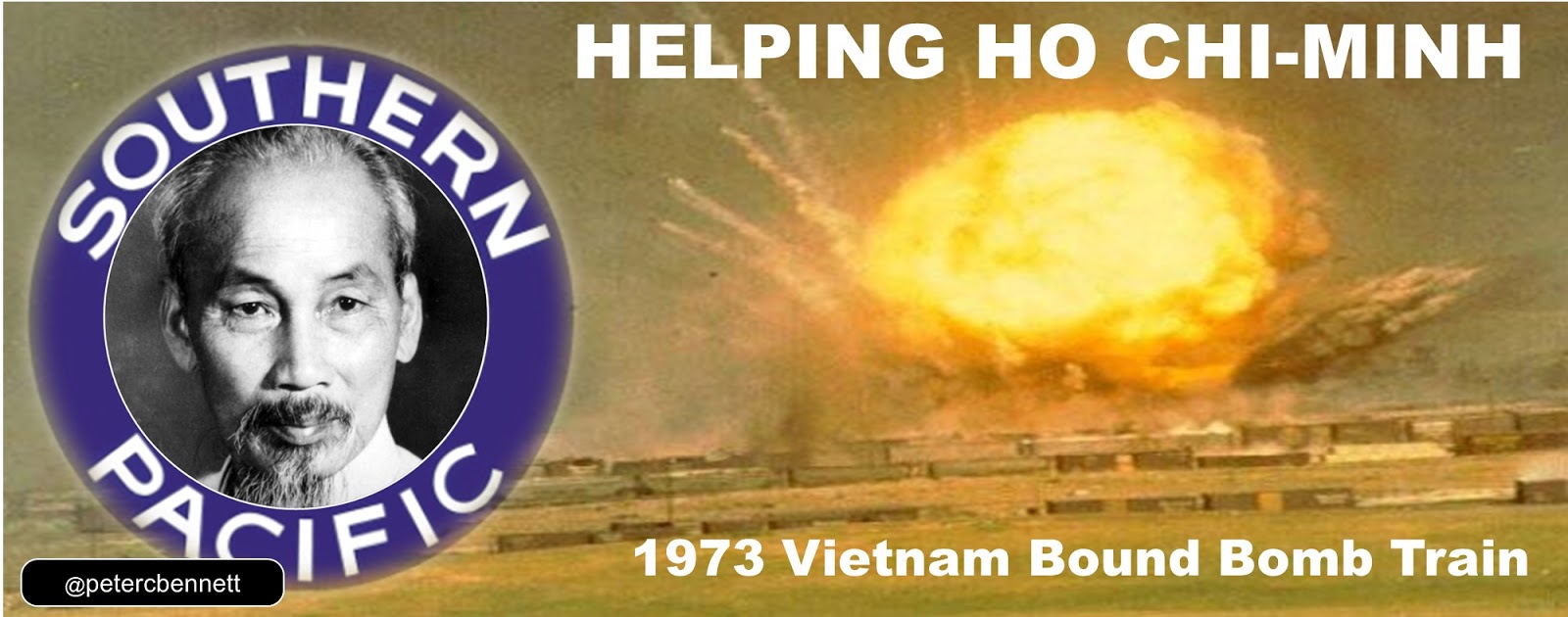Showing posts with label Steve Burd. Show all posts
Showing posts with label Steve Burd. Show all posts
Connecting Pete Bennett to Senator Dianne Feinstein to the Strack Murders
Connecting Pete Bennett to Senator Dianne Feinstein
The Dubious Phone Call and Time Wasting Project
The folks at TPG will have to answer to my Whistleblower Complaints on the truly odd collection of RFPs emanating from companies connected to Richard Blum, William McGlashan, CBRE, Regency Centers, Trammel Crow, Lennar, Catellus.
...
Silver Lake Partners buys out Blackhawk Networks while ComputerLand Employee lose their retirement?
Pete BennettMarch 23, 2019College Admissions and Testing Bribery Scheme, ComputerLand, Honest Services Mail Fraud, Mark Peterson, Philip Anschutz, Silver Lake Partners, Steve Burd, William McGlashan
No comments

The Tracy Rail Yards Safeway Land Grab - Burn em' then screw em'
Pete BennettAugust 17, 2018Arson, Bennett v. Southern Pacific, Contra Costa Grand Jury, Dead Witnesses, Mormon.org, Rick Kopf, Safeway Inc, Southern Pacific, Steve Burd, The Safeway Conspiracy
No comments

ComputerLand - Merisel - Synnex
Pete BennettNovember 26, 2015ComputerLand, Fremont Private Holdings, Gary Vinson Collins, Investor Fraud, SEC, Steve Burd
No comments

From late 1995 to March 1996 I was subcontracted to ComputerLand Corporate but
in another life my former Cabinet Shop built cabinets and casework for
Computerland Stores, Safeway and Contra Costa College District.
There is distinctly unique about Steve Burd's connection to Hillside Covenant
Church where their youth director breached my laptop in...
The Santa Fe Murder Railways - Key System
Pete BennettOctober 19, 2015BART, Cecilia Greenan Ashcroft, Greenan, Nancy Greenan-Hamil, Nate Greenan, Safeway Inc, Steve Burd, The Pete Bennett Story, The Safeway Conspiracy
No comments














